Description
ABB PFTL201C-10kN (3BSE007913R10) – Pressductor force sensor for web and strip tension measurement
The ABB PFTL201C-10kN is a Pressductor-based force sensor built for continuous tension measurement on webs, strips, wire, and narrow foil lines. From my experience, it’s the go-to choice when you need reliable force feedback in harsh, vibration-prone environments where foil strain gauges tend to drift. This 10 kN variant pairs naturally with ABB tension electronics (such as PFTL301E) to deliver stable, linear output for closed-loop control.
Company’s Order Placement Process and Guarantees
- Warranty: 365 days
- Lead time: In-stock items typically ship in 1 week; no more than one month at the latest
- Payment terms: 50% advance payment; full payment before delivery
- Express options: FedEx, UPS, DHL
Key Features
- Pressductor principle – Magnetoelastic sensing delivers outstanding long-term stability and low drift, even with temperature swings and shock.
- 10 kN nominal range – Suited for wire drawing lines, narrow strip mills, slitting/rewind stands, and film/foil converting where precise tension matters.
- High overload tolerance – In many cases, Pressductor sensors handle mechanical overloads better than conventional strain-gauge load cells.
- Industrial protection – Typically sealed for harsh areas with moisture, lubricants, and airborne contaminants common around process lines.
- Pair with ABB electronics – Works with ABB tension transmitters (e.g., PFTL301E) to provide 4–20 mA or fieldbus outputs for PLC/DCS integration.
- Low maintenance – No glue-bonded gauges; fewer drift issues and less recalibration compared to standard load cells.
Technical Specifications
| Brand / Model | ABB PFTL201C-10kN |
| Order Code | 3BSE007913R10 |
| HS Code | 9031.80 (Measuring or checking instruments; subject to destination customs) |
| Measurement Principle | Pressductor (magnetoelastic) force sensing |
| Nominal Force | 10 kN |
| Power Requirements | Sensor is energized by the paired ABB tension transmitter; no direct supply to sensor |
| Signal I/O Type | Differential AC signal (mV-level) to ABB transmitter; output to PLC/DCS is provided by the transmitter |
| Communication Interfaces | Not on sensor; via ABB transmitter (e.g., 4–20 mA, voltage, and in many cases fieldbus options depending on model) |
| Operating Temperature | Typically -10 to +60 °C for the sensor environment (check ABB data for exact limits) |
| Protection / Enclosure | Industrial sealed housing; commonly used in IP67-class applications |
| Installation Method | Bolted mounting to machine frame with mechanical coupling to a measuring roll or idler; use ABB mounting accessories where applicable |
| Dimensions & Weight | Model-specific; refer to ABB outline drawing for PFTL201C-10kN (weight typically under ~3 kg) |
Application Fields
You’ll typically see the PFTL201C-10kN on continuous process lines where stable tension equals product quality:
- Steel and non-ferrous narrow strip processing (slitting, annealing, galvanizing entry/exit)
- Wire and cable manufacturing (drawing, spooling, take-up)
- Paper, film, and foil converting (printing, coating, laminating, rewinding)
- Textiles and technical fabrics where web handling consistency is key
“We swapped to ABB Pressductor sensors last year on our slitting line. The drift went away and we stopped chasing tension setpoints every shift.” – Maintenance Supervisor, metals processor
Advantages & Value
- Reliability in harsh stations – The magnetoelastic core seems to be far less sensitive to shock and temperature than bonded gauges.
- Compatibility – Designed to work with ABB tension transmitters (such as PFTL301E), easing integration to existing PLC/DCS via analog or fieldbus.
- Lifecycle cost – Fewer recalibrations and better zero stability typically translate into lower downtime and maintenance spend.
- Global support – ABB’s footprint and documentation help with fast commissioning and spares availability.
Installation & Maintenance
- Mounting – Install on a rigid frame surface; align the force direction with the sensor axis. Use ABB-recommended brackets and torque values.
- Environment – Provide a clean, ventilated cabinet for the transmitter; keep sensor cabling shielded and properly grounded to minimize electrical noise.
- Wiring – Route sensor cables away from VFD power cabling; maintain cable integrity and shielding to the transmitter terminals.
- Safety – Lock out/tag out the line before mechanical work; avoid strong external magnetic fields near the sensor body.
- Commissioning – Pair with ABB transmitter, perform zero/balance, and apply a known load or process-based calibration. Save parameters for repeatability.
- Routine care – Periodically check zero, inspect fasteners, clean around the sensor, and keep the transmitter firmware/configuration up to date where applicable.
Quality & Certifications
- CE marking (when installed per ABB guidelines with compatible transmitter)
- RoHS compliant materials
- Manufactured under ISO 9001 quality systems
- Typical protection to industrial IP standards (sensor variants commonly used in IP67-class installs)
- Manufacturer warranty: 12 months
Recommended Pairing & Accessories
- ABB PFTL301E tension transmitter for signal conditioning and PLC/DCS outputs
- Shielded sensor cable and grounding kit for EMC stability
- ABB mounting hardware/brackets matched to the 10 kN rating
You might notice that performance really shines when mechanical alignment is correct and the transmitter scaling is done with a known reference. If you’d like, we can supply a recommended mounting drawing and a quick commissioning checklist tailored to the PFTL201C-10kN.
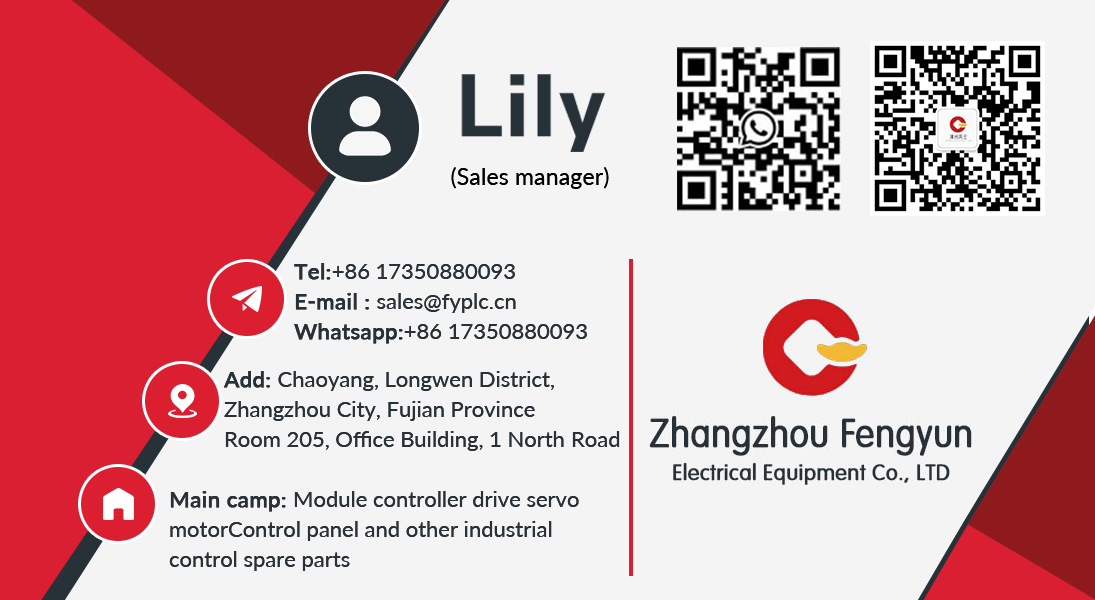


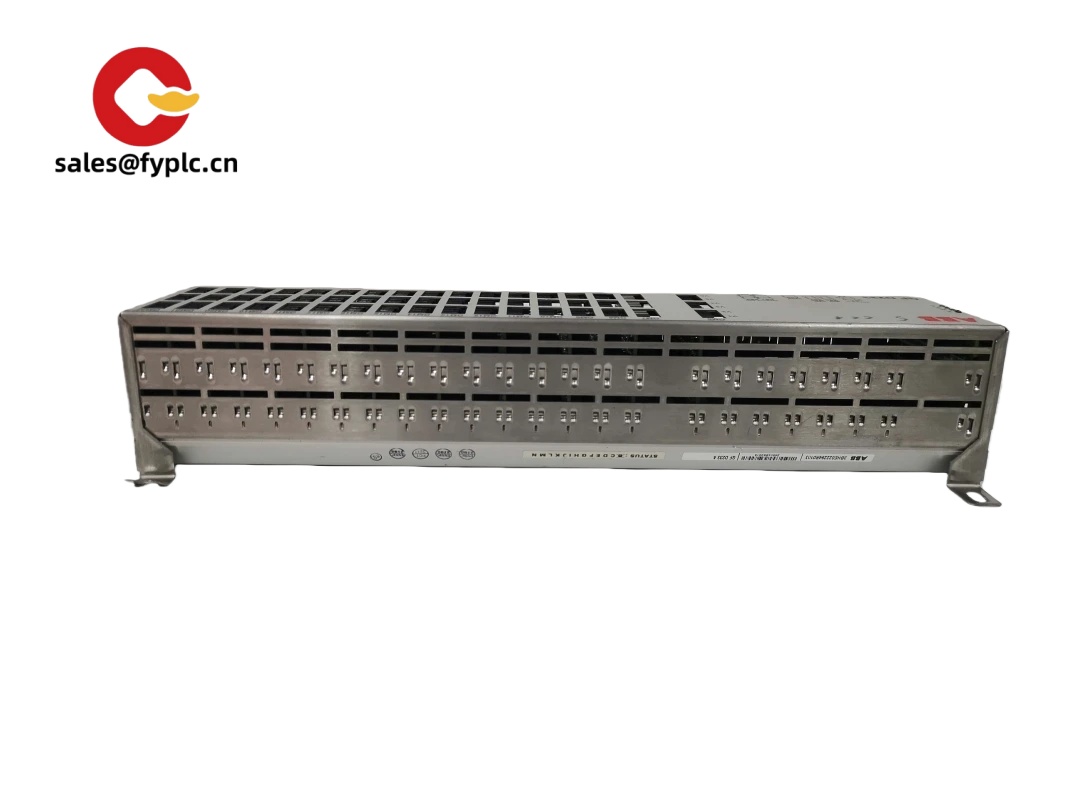

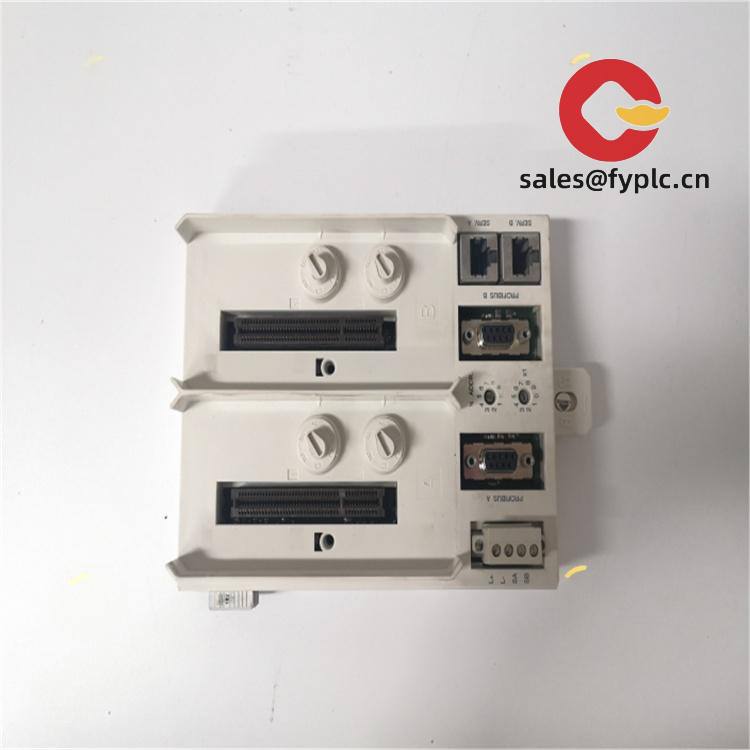
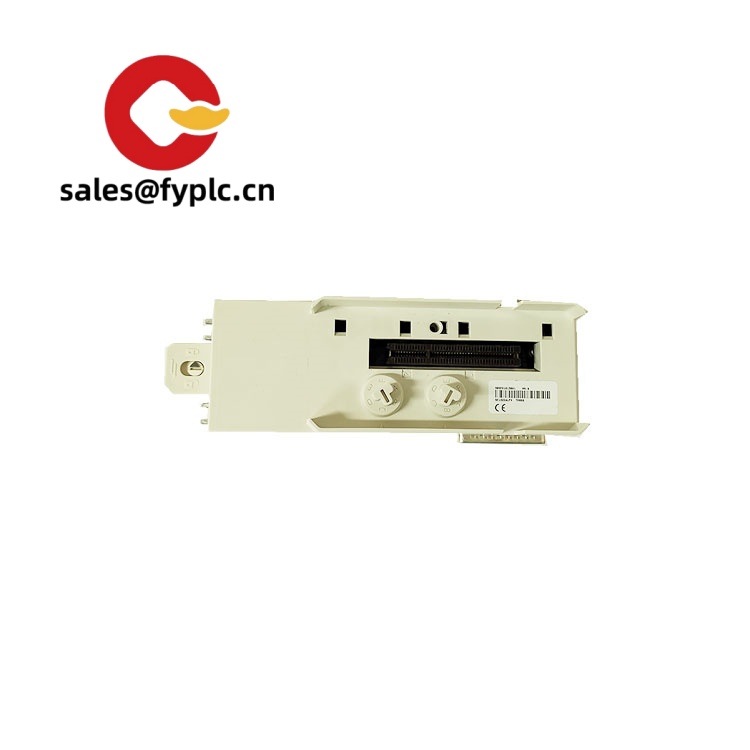

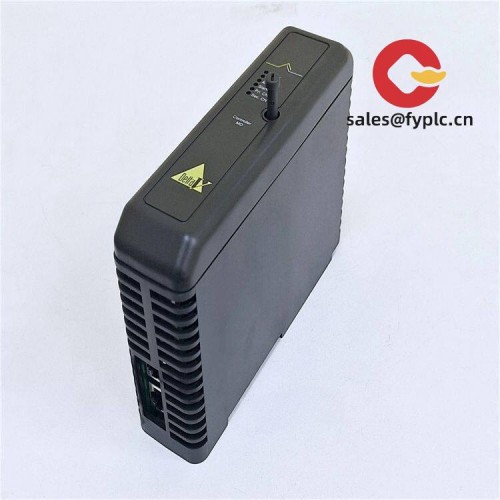
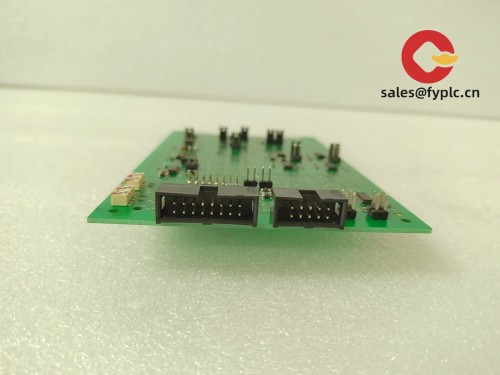
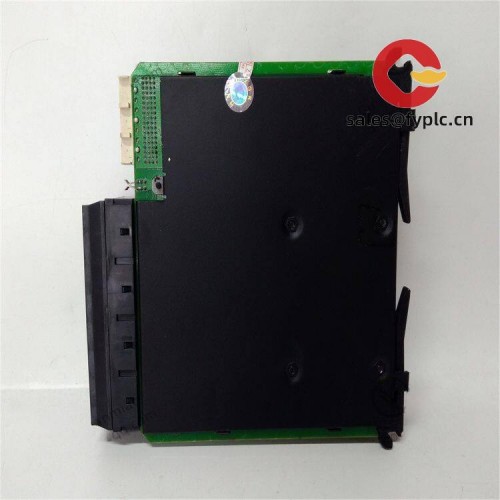
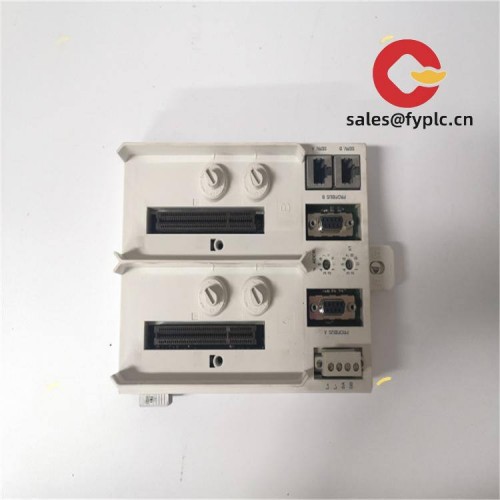


Reviews
There are no reviews yet.